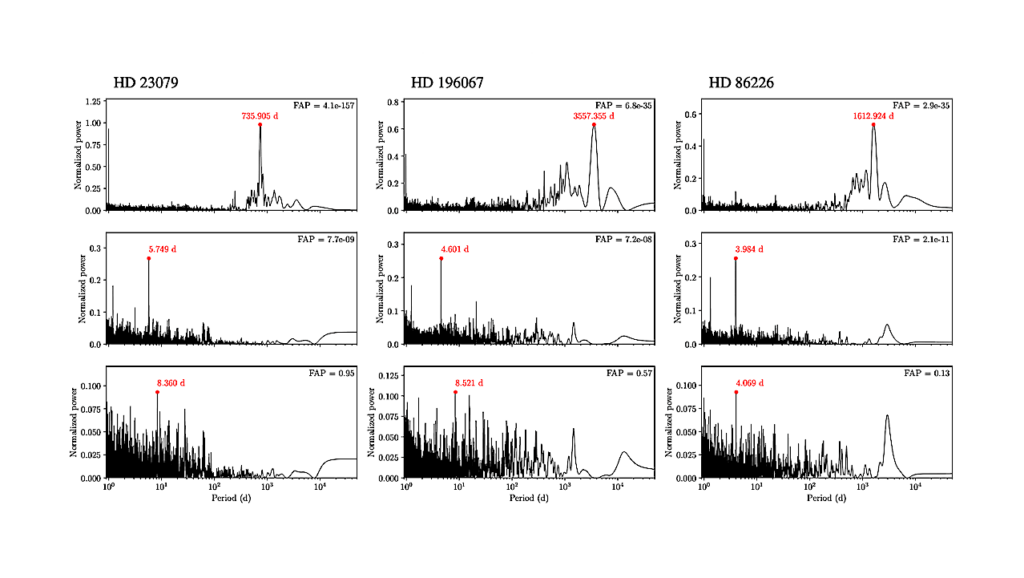
A recent study has revealed the first confirmed detections of inner planets surrounding three stars, specifically HD 23079, HD 196067, and HD 86226. Conducted by a team led by Jean-Baptiste Delisle, the research aims to explore the relationship between outer giant planets (OGPs) and inner light planets (ILPs), a crucial aspect of understanding planetary system formation.
The connection between OGPs and ILPs has sparked considerable debate among scientists. Various theoretical models suggest either a correlation or an anticorrelation between these two groups of planets. Recent observational efforts have produced mixed results, often hindered by small sample sizes and varied methodology. To address these challenges, the team implemented a long-term observational program utilizing instruments such as CORALIE, HARPS, and ESPRESSO.
Methodology and Findings
In this initial article of a multi-part series, the researchers detail their approach to achieving sample homogeneity. This involved consistent stellar properties and a unified observing strategy to ensure reliable data. The study produced three notable detections: an 8.3 Earth-mass planet orbiting HD 23079 in 5.75 days, a 10.4 Earth-mass planet around HD 196067 in 4.6 days, and a previously confirmed 7.5 Earth-mass planet around HD 86226 with an orbit of 3.98 days.
While the findings contribute valuable data to the ongoing discussion regarding the OGP-ILP correlation, the relatively small number of detections contrasts with earlier studies indicating a strong relationship between the two types of planets. Delisle and his colleagues emphasize that a comprehensive statistical analysis will follow in subsequent publications.
The implications of this research extend beyond academic circles, as understanding the dynamics between different planet types could enhance our knowledge of planetary formation and evolution. As the study progresses, the team anticipates uncovering more about the architecture of planetary systems, shedding light on the diverse environments that exist beyond our own.
This research has been accepted for publication in Astronomy & Astrophysics, and can be accessed through the preprint server arXiv under the identifier arXiv:2509.26232. The findings were submitted on September 30, 2025, marking an important step in the field of astrophysics.





